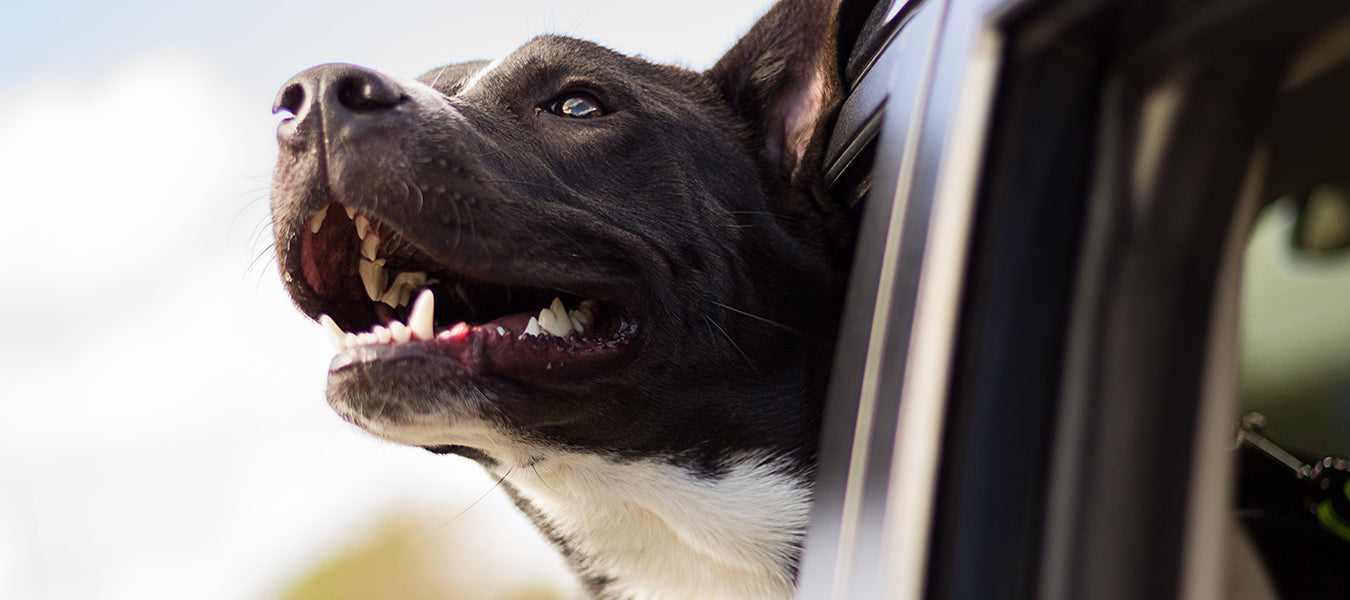
Preparing Your Pets for Natural Disasters
Every year many parts of the world face natural disasters. They leave homes destroyed, streets flooded, and many people injured or killed. Not only that, but the lives of pets and other animals are affected as well. Although natural disasters cannot be prevented, you can be prepared. Here is what you need to know about preparing your pets for natural disasters.
Have an emergency kit
Most people are aware that they need a 72-hour kit on hand for every person in their household, but many people forget to prepare one for their pets. Getting one put together for your pets is a great place to start. Here is a list of items you should include in a 72-hour kit for dogs and cats:
- Large watertight container to store everything
- Canned or dry food for 3 for more days
- Pet first-aid kit
- Bottled water for 3 or more days
- Collapsible food and water dishes
- Litter and a box for cats
- Scooper
- A bag or crate for traveling
- Extra leash and collar for dogs
- Blanket
- Toys
- Photos of your pet in case they are lost
How to make a pet first-aid kit
One of the most important things you should have for your pet is a first-aid kit. These kits are great to have around the house and for trips such as camping where a pet may become injured.
- Absorbent gauze
- Cotton balls and Q-tips
- Adhesive tape
- Ice pack
- Disposable gloves
- 3% hydrogen peroxide
- Scissors
- Tweezers
- Towels
- OTC antibiotic ointment
- Alcohol wipes
- Spot Shot for dry skin
- Saline eye solution
- Artificial tears
- Oral syringe
- Flashlight
- Blood clotting powder
- First-aid manual
- Contact information for the veterinarian
Have a plan in place
Another thing you can do for your pets is to have a plan in place for them in case something does happen. This could include having a place to go that allows pets if you need to evacuate. This could also include having someone check on or take your pets if you needed them to. You can call places like hotels and other shelters outside your surrounding area to find out if they allow pets during emergencies. If that fails, having someone take care of your pet like a friend or family member is another great option. This person should be someone both you and your pet know and trust.
Related: Fire Safety for Your Pets
Other preparations

To make sure you do not lose your pet during an emergency, be sure they have a tag or microchip with a way for people to contact you. A tag will be the best way for locals to contact you. However, shelters will be able to scan a microchip if their tag is lost. Having both will give you a better chance to be reunited with your pet.
Another suggestion is to have a safe place in your home for your pet to take shelter. This safe place should be away from windows or other things that may harm them. It should also have a way for them to get up high if they need to. Preparing your pets for natural disasters will give your pet their best chance during these stressful times. Most importantly, do not leave your pet behind during a natural disaster. If you have time to evacuate yourself and your family, you are responsible for evacuating your pet as well.
Sources
https://www.aspca.org/pet-care/general-pet-care/disaster-preparedness
https://www.preventivevet.com/dogs/how-to-easily-put-together-a-pet-first-aid-kit

